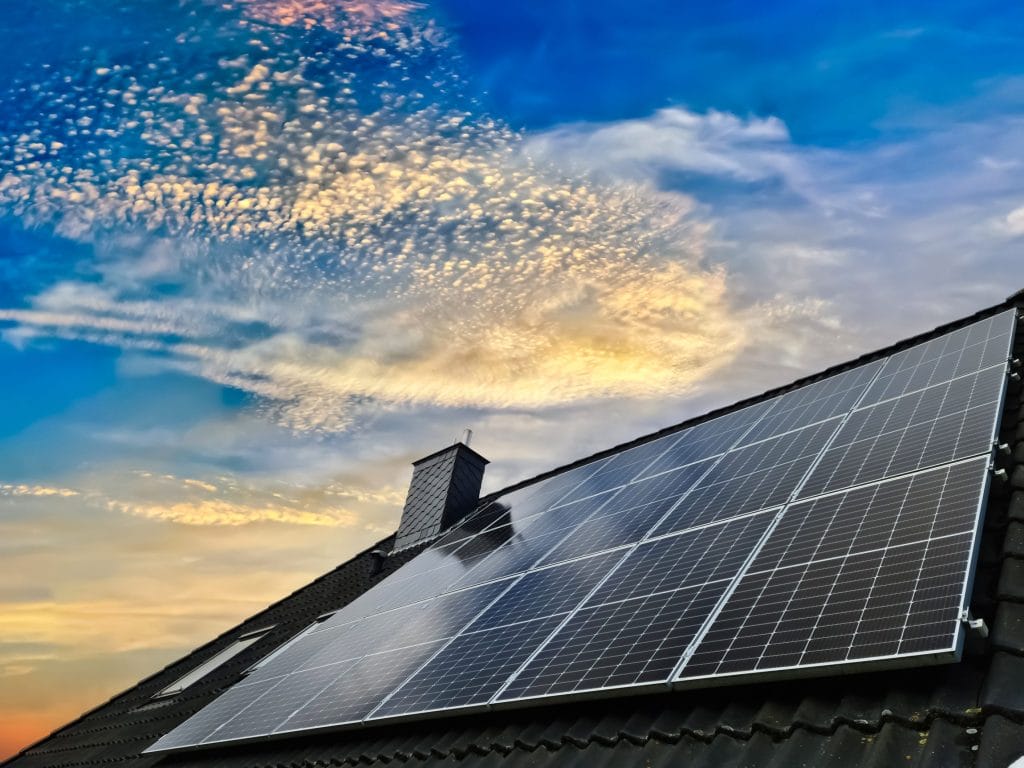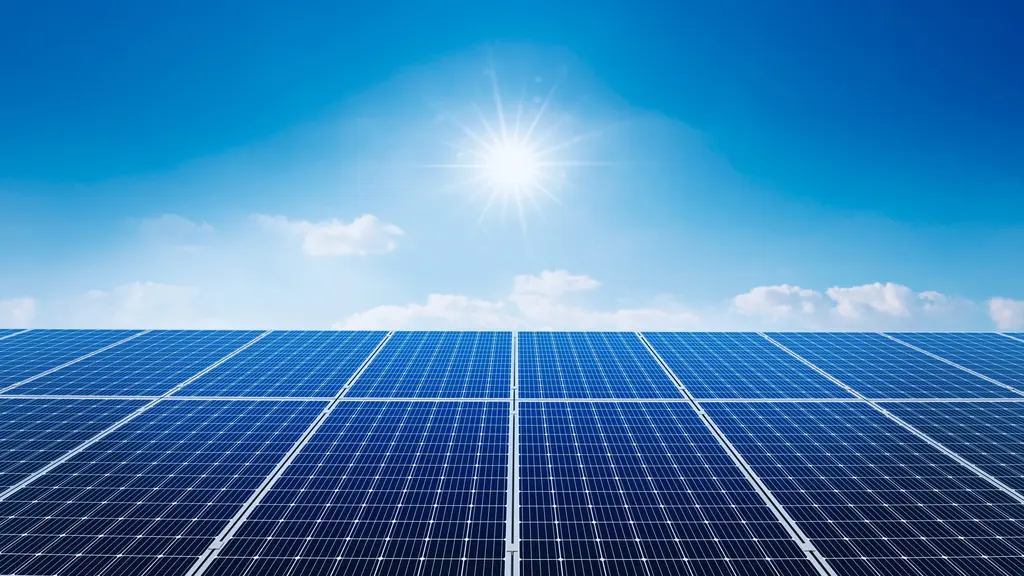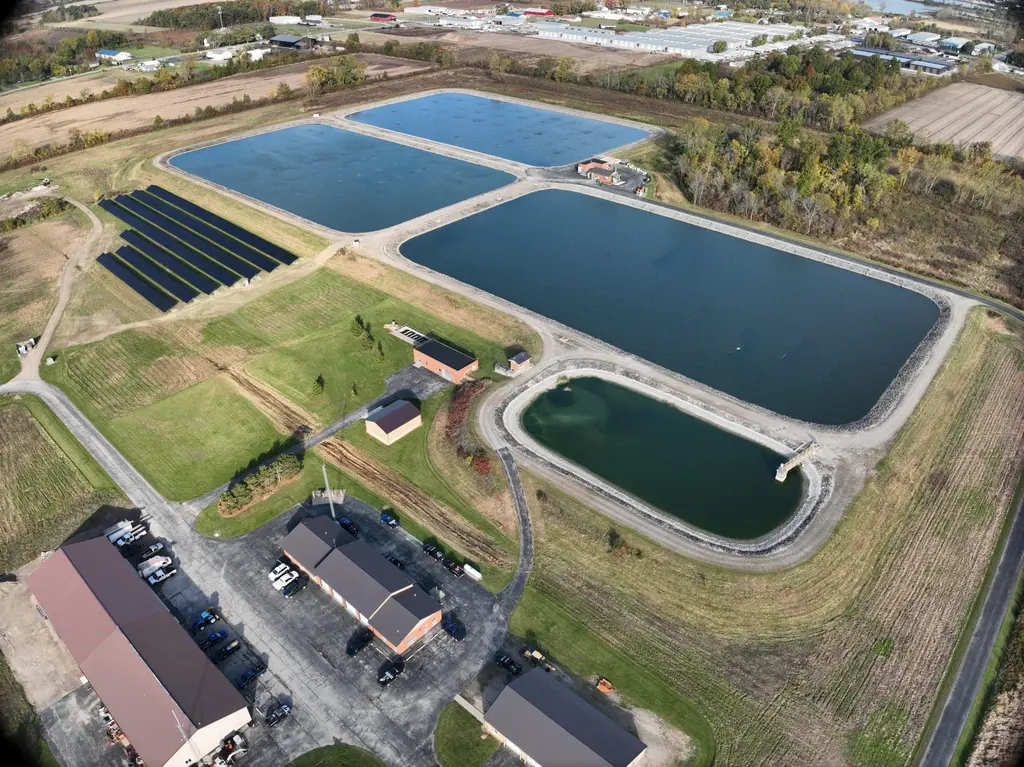How do you find the best solar panels?
We are passionate about solar and believe that sourcing only the highest-quality products is best for the health and long-term viability of our company, our customers, and the solar industry. Whenever someone spends their hard-earned money with us, we make sure they get the very best solar power system that money can buy. How do we choose the best solar panels? We take our role as a technology expert/advisor very seriously for every project, from the largest to the smallest. We’re in this industry for the long haul and are determined to be here when less-careful solar installers fall away.
In evaluating solar panels and related equipment, we employ three main filters:
- Quality of the solar technology platform
- Specific solar performance indicators coupled with industry reputation
- Financial stability of the solar manufacturer
Some products perform, while others fall short. This is true in solar as well as all other technologies. We choose only the top performers to build our reputation upon. Our network of national peer companies amplifies our internal ability to vet and process the best available solar products. We are well-connected by virtue of our 20 years of industry leadership as well as our president’s positions on the NABCEP and SolarTECH boards of directors. We have interviewed executives and key science and operations officers at all of the solar manufacturers that we recommend and we monitor the real-world performance of their equipment at multiple test sites around the world.
We do not recommend a product lightly. As a case in point, we are proud to have warned against using Solyndra, due to its unproven technology as well as the instability of its parent company. We had many customers asking for Solyndra panels when they were the “hot new thing.” We’re proud to have held those customers off by advising them, “that technology is not yet proven in the real world—we’re not using them. If and when they prove to be everything they claim, we’ll consider using them.” They never did, and despite government backing, Solyndra went under—and gave the entire industry a black eye.
In addition to quality, performance, and long-term warranty assurance that apply to every job, for those customers who are concerned about where the products are manufactured, we can apply geographic filters as well. Whenever appropriate, we are pleased to provide equipment made in America, or made even more locally, such as in the Midwest.
On this note, it is important to point out that providing equipment that comes with a “Made In America” label is often more nuanced than it might appear. Per the “U.S. made solar panels” label, we always urge our customers to consider that statement in light of the global manufacturing basis for virtually all products. The Toyota Corolla is a Japanese car—made in California. BMW builds some of its “German” cars here in the U.S. Suniva designs and manufactures its solar cells here in the U.S., then ships them to Taiwan for final assembly of the solar panels. In many cases, for many products, the “Made in USA” label should have an *asterisk—because the final assembly is completed overseas.
Today, there are nearly 80 solar panel manufacturers offering approximately 600 different models of solar modules. There are also hundreds of inverter models and myriad solar racking manufacturers. Every solar system includes each of these three main components. The main components are generally not “mix-and-match” and they are not plug-in interchangeable. While each of the respective technologies has matured and we have highly-reliable options for panels, inverters and racking, there are as yet no industry standards for evaluating the performance of the completed system as a whole. We are pushing hard for those standards to be established—for the good of consumers AND the good of the reputable firms in the solar industry.
Our best solar advice to you: spend time choosing an experienced solar installer who will advise you and guide you toward the best solution for your energy needs, unique site characteristics, and budget.







